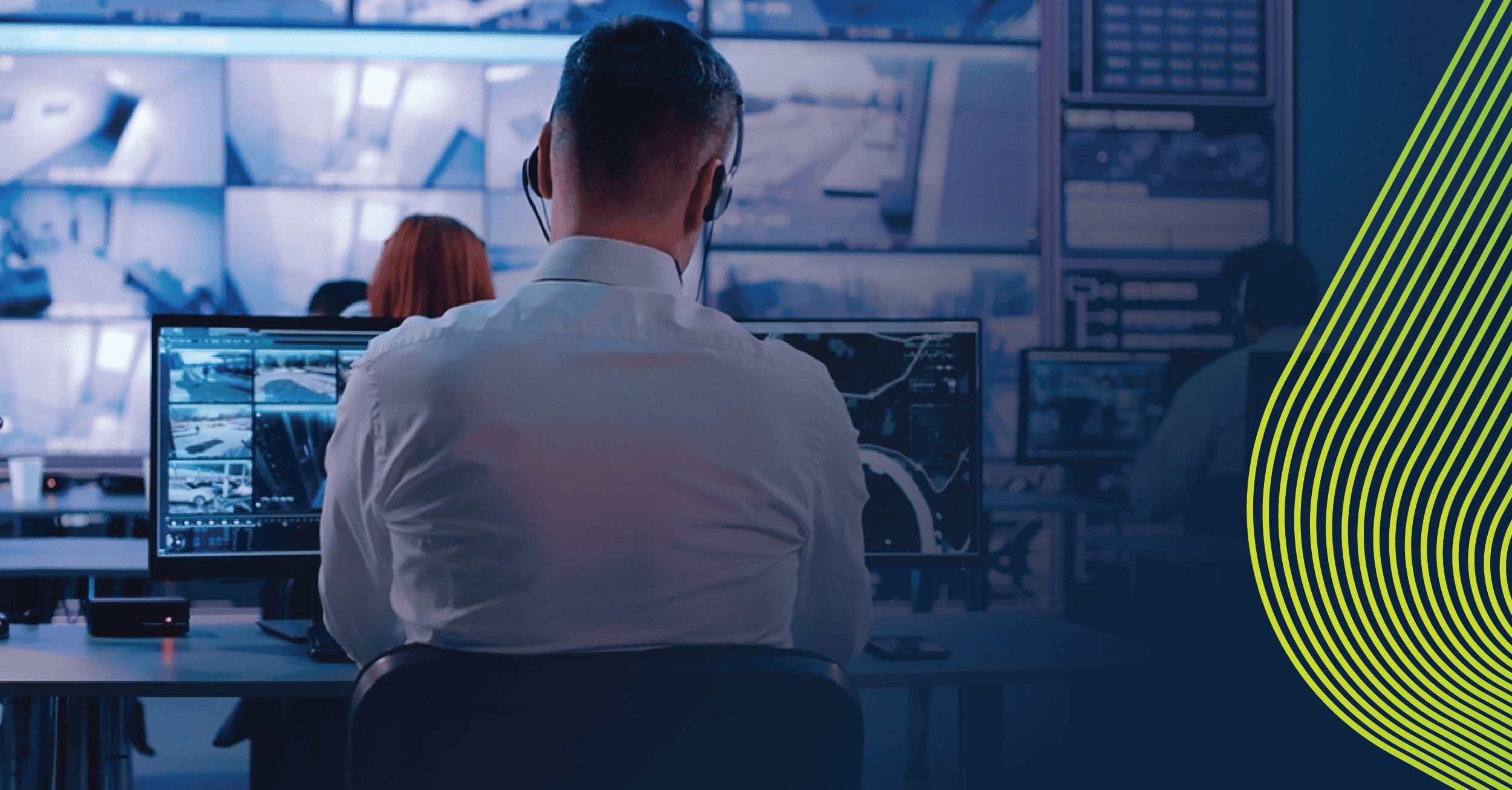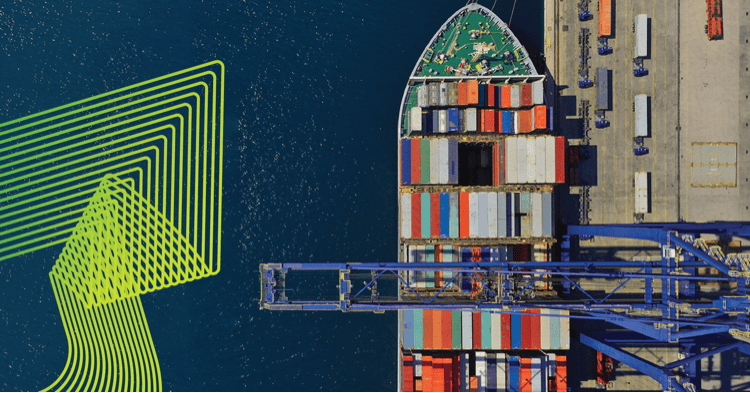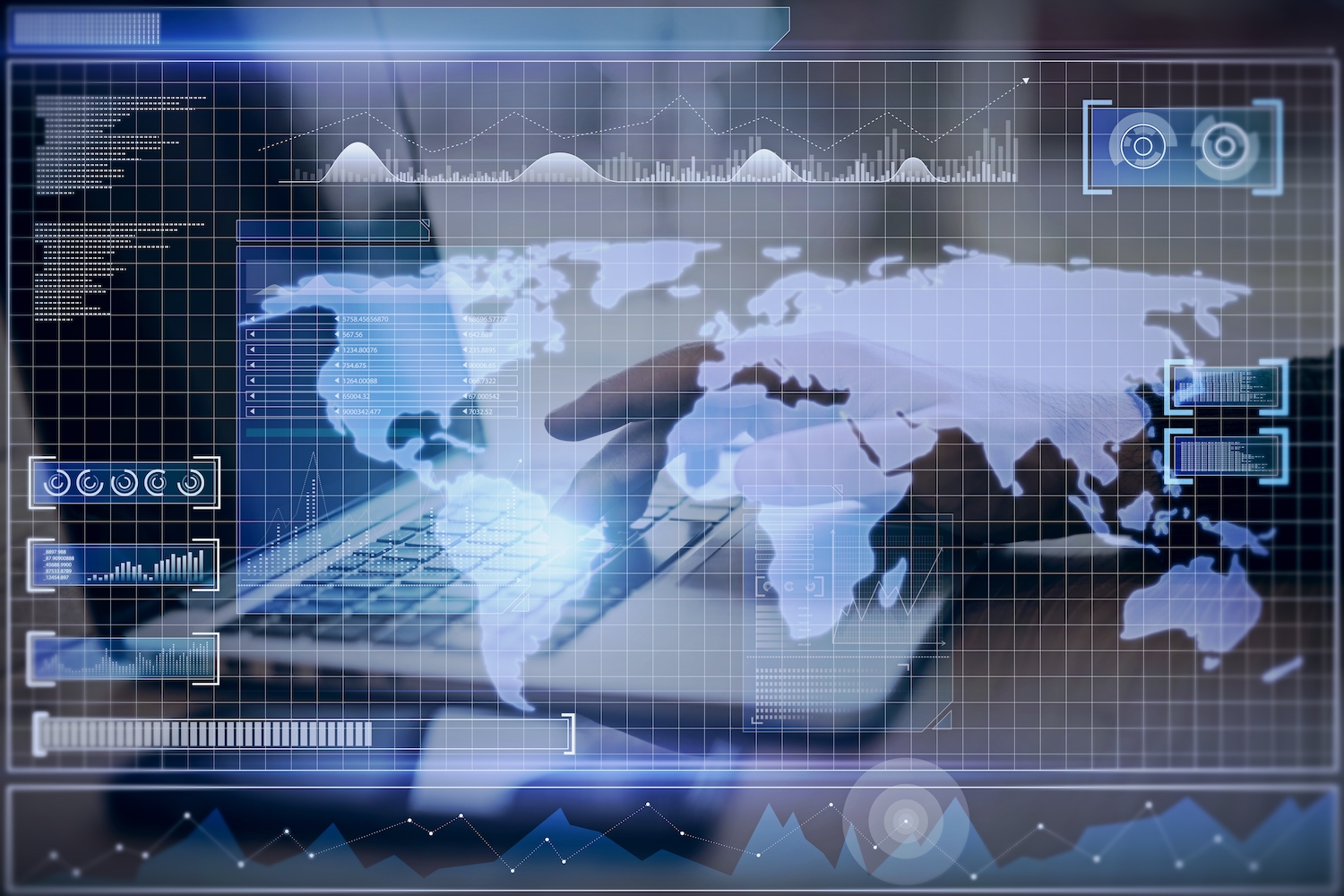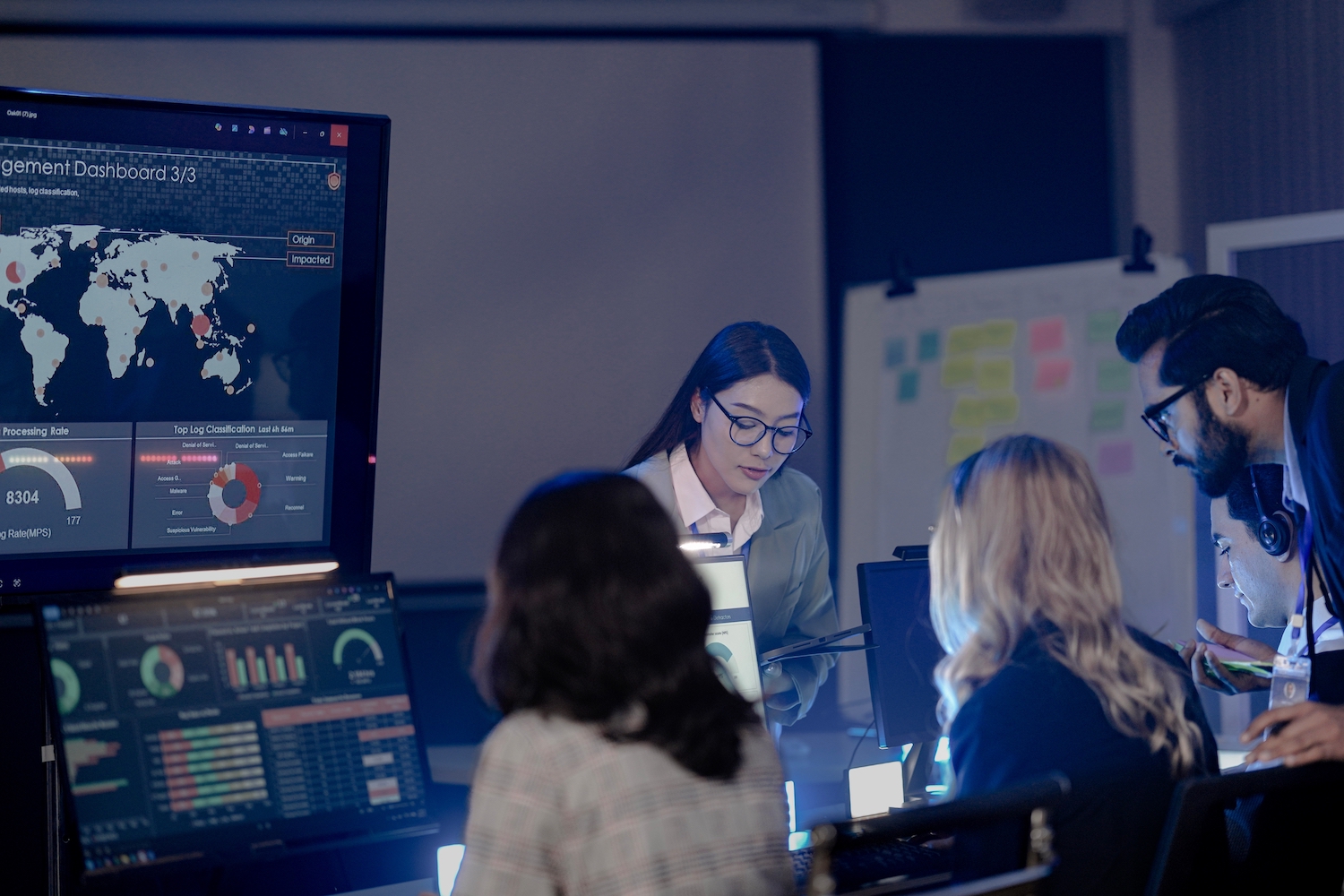In a world of ever-increasing data, artificial intelligence (AI) and machine learning (ML) technologies play a pivotal role in enhancing global risk intelligence. These remarkable tools are force-multipliers for security professionals, especially analysts and intelligence teams tasked with collecting and analyzing vast amounts of information.
Though we aren’t there yet, it’s easy to see artificial intelligence being standard in every analyst’s toolkit in the near future. However, they need more tools in their kit to provide critical elements such as context and interpretation of the “so what” from what AI tools might be displaying. So, while AI might increasingly be a necessity, analysts aren’t in danger of being put out of business for the foreseeable future.
Language Evolution
Many threat actors know that law enforcement and social media companies are using AI to track their behaviors. So, they continually evolve their language and behaviors to evade this technology (leetspeak is one example of this). Only a human with an understanding of the digital, and sometimes physical, environment that these threat actors are operating in can fully understand the significance of their evolving communicative behaviors and can provide guidance on what might happen next.
Necessary Context
While AI can use data and math to tell us when something is abnormal, a human is still needed to interpret why this abnormality is present, how significant it may be to an organization, and what to do about it. Technology, as of now, can’t provide the “so what” factor that many organizations desire. You might have all the data you could want, but what does that mean for your organization, your factory in India, or your personnel in Brazil? That must come from a human with expertise in your sector and/or region.
Data Gaps
Artificial intelligence and machine learning’s effectiveness hinges on the quality of data inputs and the subsequent training they receive. This holds paramount importance for security and risk professionals, especially in regions where global risk intelligence data may be scarce, biased, or subject to censorship. In such cases, it is human expertise and on-the-ground insights that can truly bridge these gaps.
Augmented Analytics
The emergence of augmented analytics – blending AI, ML, and expert analysis – brings all the necessary puzzle pieces together to form a full picture of the risk and threat landscape. There are many ways that analysts can collect the information they need to inform and guide leaders on potential threats. AI and ML tools are an exciting way to gather data quickly and easily, but humans and their expertise are still very much needed to ensure that consumers of intelligence products have critical context around the data.
Cultivating Global Risk Intelligence: Harnessing AI and ML
Seerist’s augmented analytics solution combines AI, machine learning, and expert human analysis to deliver trustworthy threat intelligence. By automating the collection of global data, capturing various shifts and swings, and filtering out the noise with customized verified alerts, Seerist provides valuable insights. These insights are seamlessly integrated into a user-friendly dashboard, ensuring swift and dependable decision-making in crucial moments.
Book a demo to see Seerist’s threat intelligence tools in action or follow us on LinkedIn to learn more about how Seerist helps you stay ahead of the curve.






